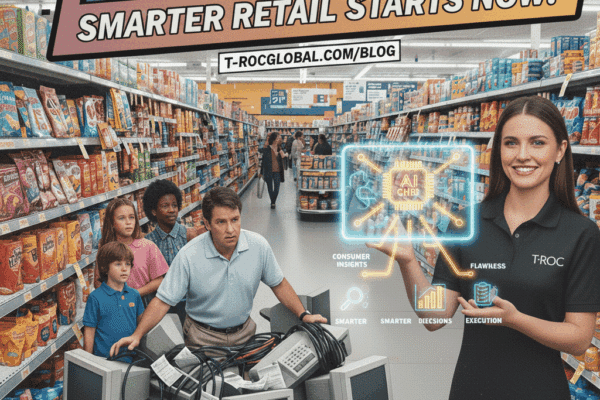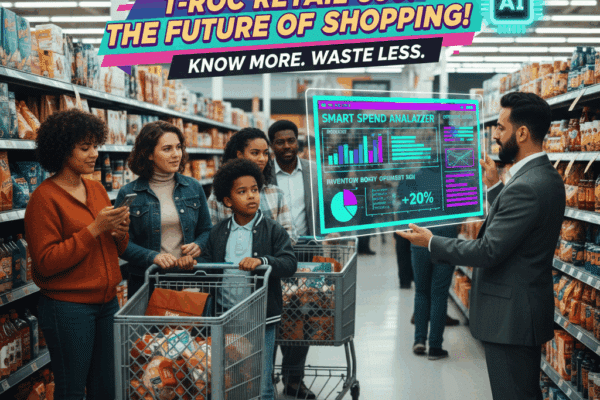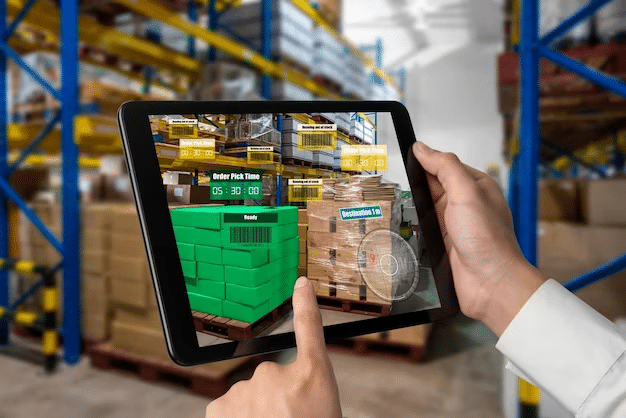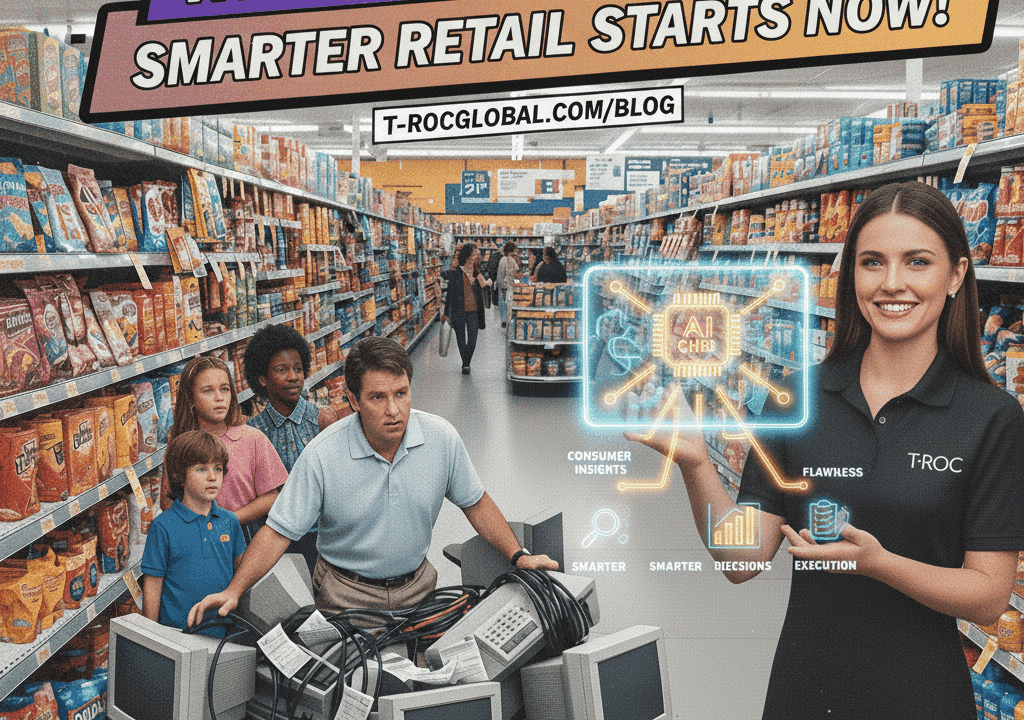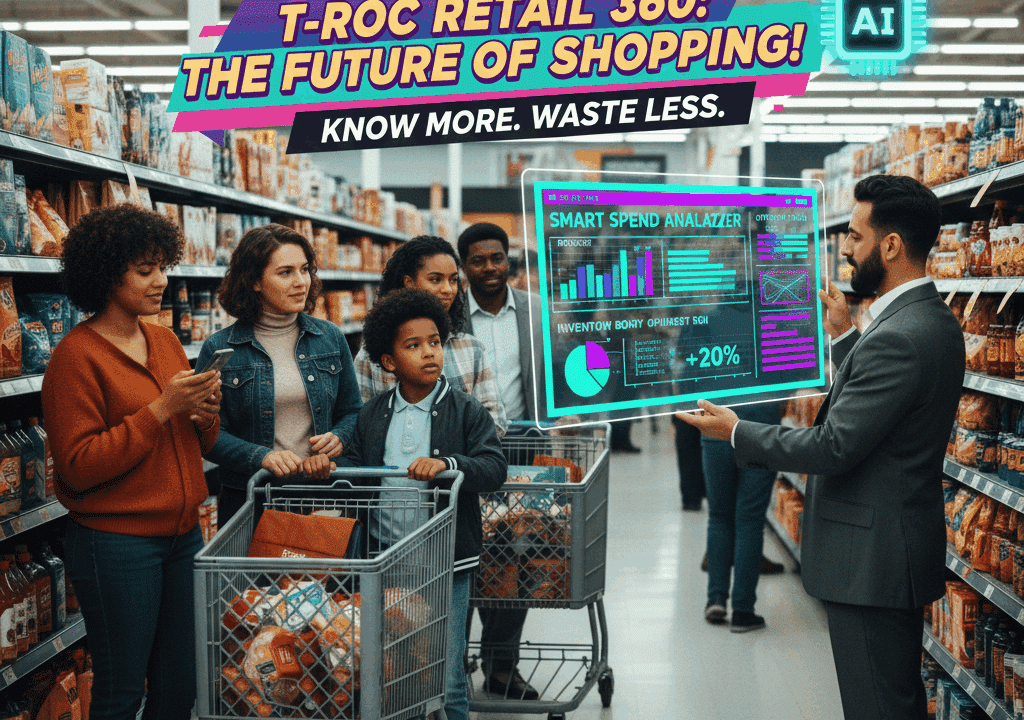
How Retail Stores Use Data Mining
As the retail industry faces an increasingly competitive market space, it’s critical for businesses to use every tool at their disposal. Advertising has come a long way, but many consumers find in-your-face ad banners and commercials disruptive and even annoying. Companies need to understand customer behavior. In the digital age, data mining is the most powerful way to achieve a serious competitive advantage.
An Introduction to Data Mining
Retailers have access to a seemingly endless sea of data, but that information has little use without statistical analytics. Data mining software takes the initial raw data, searches for patterns, and turns it into relevant insights that can steer businesses toward success. This is done through a variety of data collection methods and analytics techniques.
The data mining process is highly technical and requires statistical algorithms to divide and organize large data pools. It is an essential modern tool for identifying important information, not just for the retail sector, but for any business whether in science and engineering, healthcare, banking, telecommunications, and more.
Data Mining in the Retail Industry
How people shop has changed dramatically over the years. Driving to nearby storefronts, malls, or shopping centers was once the primary way to buy.
Now, many consumers prefer to shop online. E-commerce made up 14.8% of total retail sales in the third quarter of 2022. Even if they aren’t making their final purchases online, many consumers use the internet to research and compare products and services.
Online shopping has been on the rise for many reasons, including the convenience of smartphones, website features and service improvements, and the accessibility of trustworthy reviews from other shoppers. Most recently, the impact of COVID-19 on shopper behavior has created a whole new expectation from all businesses, especially for retail. Improvements in the online shopping experience helps consumers feel informed about products, which leads to faster and more confident purchases.
The retail sector must consider these factors when planning marketing and advertising strategies. Data mining gives businesses valuable insight into what works, what doesn’t, and how stores can use online shopping habits to drive product sales.
In the retail industry, data mining is primarily used to analyze and interpret customer data. All this data can reveal actionable information about customer behavior through trends and associations. The data collected can then be used to optimize pricing, gain new customers, and increase loyalty.
How Retailers Use Data Mining
Shopping is rarely straightforward, especially online. Customers frequently compare product pages and leave or remove items from their carts. Through data mining, the retail industry can study customer preferences, shopping patterns, and purchasing habits. You can then use data analysis to determine the best steps for customer acquisition, retention, and retargeting.
Here are some of the data mining techniques the retail industry uses to increase product sales.
-
Customer Segmentation
: Those in the retail industry can use data mining software to categorize customers based on shared characteristics. These subgroups may be divided by demographics, shopping behaviors, past purchase history, etc.
- Retailers can use the data collected to reach their target customers more effectively. With customer segmentation analysis, businesses can adjust their strategy to reach current and future patrons.
- You might also use this data analysis to develop your brand’s message, build a marketing persona, and determine what new products and services you want to invest in.
-
Churn Analysis
: Customer churn, also called customer attrition, is a measure of customer loss. Churn analysis involves analyzing past customer data like demographics and transaction history. This will help you understand who is leaving, why they are leaving, who is more likely to leave faster, and how you can improve customer retention. The data analysis seeks to uncover the cause of attrition.
- Some churn is inevitable, but analyzing this retail data will allow you to be proactive by identifying patterns. For example, retailers can send incentives, coupons, or special offers to customers with the highest risk of leaving.
-
Market Basket Analysis
: Market basket analysis is a data mining technique used to anticipate the customer’s next moves based on purchasing patterns. The data collected reveals commonly grouped products, which can predict which items will most likely be purchased together.
- Market basket analysis reveals previously unrecognized associations and establishes relationships between products. For example, someone who buys tea is also likely to purchase honey. The store could then display them on the shelf together, offer bundled discounts, or advertise tea on the product page for honey and vice versa. Implementing market basket analysis is a fantastic strategy for increasing sales.
How Data Mining Can Help You Succeed in Today’s Retail Industry
-
Improve Customer Service
: Data mining can make the customer’s shopping experience more personalized and efficient. Consumers who can’t find what they need often get frustrated and turn to the competition. Retail data mining allows you to push the right products when your customers want them.
-
Elevate Target Marketing
: Knowing your target customers is critical to improving sales. With data mining and customer segmentation analysis, you’ll learn who your best customers are and how you should tailor your marketing campaigns to their needs and wants.
-
Optimize Campaigns
: Marketing campaigns are the key to reaching customers in the retail industry, and data mining will give you the upper hand. This information will tell you the right keywords, demographics, social media content, and trends to target.
- Optimized campaigns have the most significant impact and bring the highest returns. Data mining software also allows you to monitor campaigns to track key performance indicators (KPIs) and evaluate progress and success.
-
Cut Costs
: Ordering too much inventory is a sure way to lose money, while not having enough will push customers to the competition. Retail data mining analyzes past purchasing history and predicts future trends, allowing businesses to anticipate demand and prepare their stock accordingly. This helps reduce spending while improving sales.
T-ROC Global digital data and insights services give businesses a significant advantage. Technology is constantly evolving, and so is the retail industry. We’ll build a custom system of innovative solutions to parse through the sea of information and bring you only the relevant retail data. Then, we condense that data into actionable reports to develop your strategy and improve sales.
With optimized data mining insights and leading technology solutions, we help you understand and connect with your customers like never before.
FAQ
How do retail stores use data?
Retailers use relevant data to increase revenue, reduce costs, identify customers, and enhance customer satisfaction. Depending on the data collected, they may use it to:
- Improve customer service
- Build customer acquisition and retention strategies
- Offer personalized product recommendations
- Determine the most effective marketing methods
- Manage stock by regional demand
- Predict trends and changes in demand to boost product sales
- Develop new products and services
What businesses use data mining?
Data mining software is used in every area of the retail industry, from major multinational corporations to small local businesses. Here are just a few of the big names that benefit from data mining:
- Amazon
- IKEA
- Walmart
- Nordstrom
- Target
- Starbucks
- Costco
- Sephora
- Warby Parker
- Walgreens

